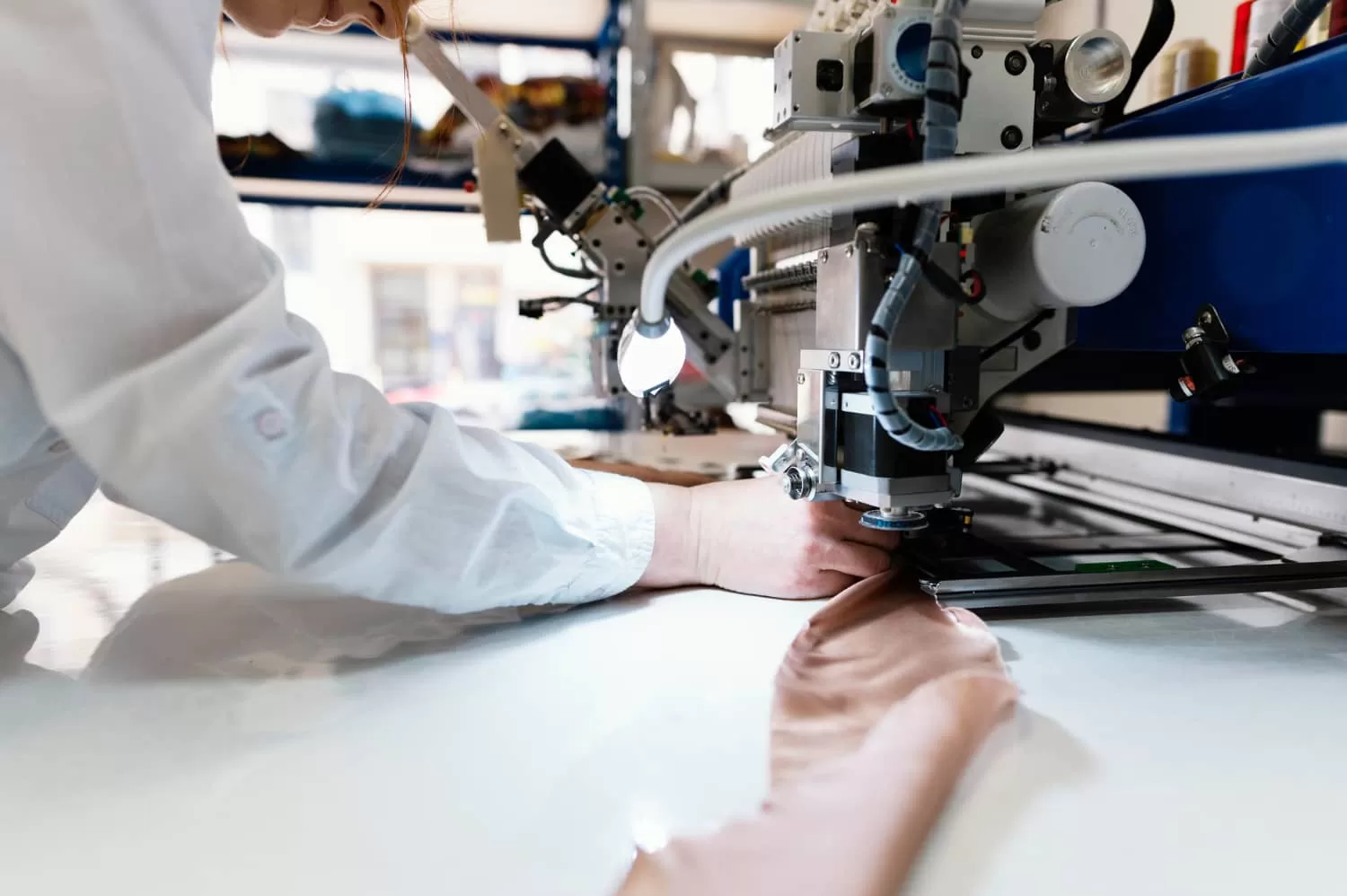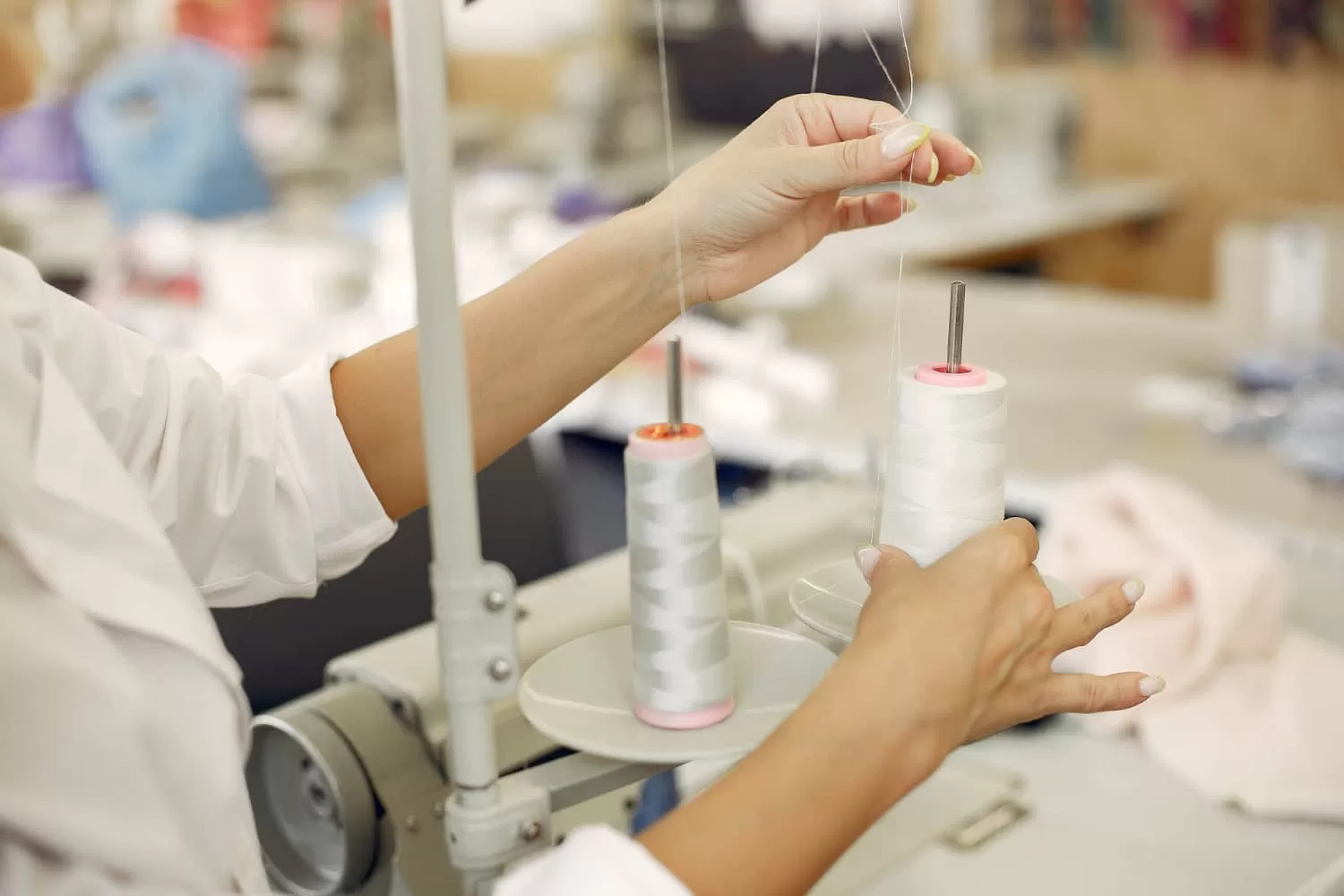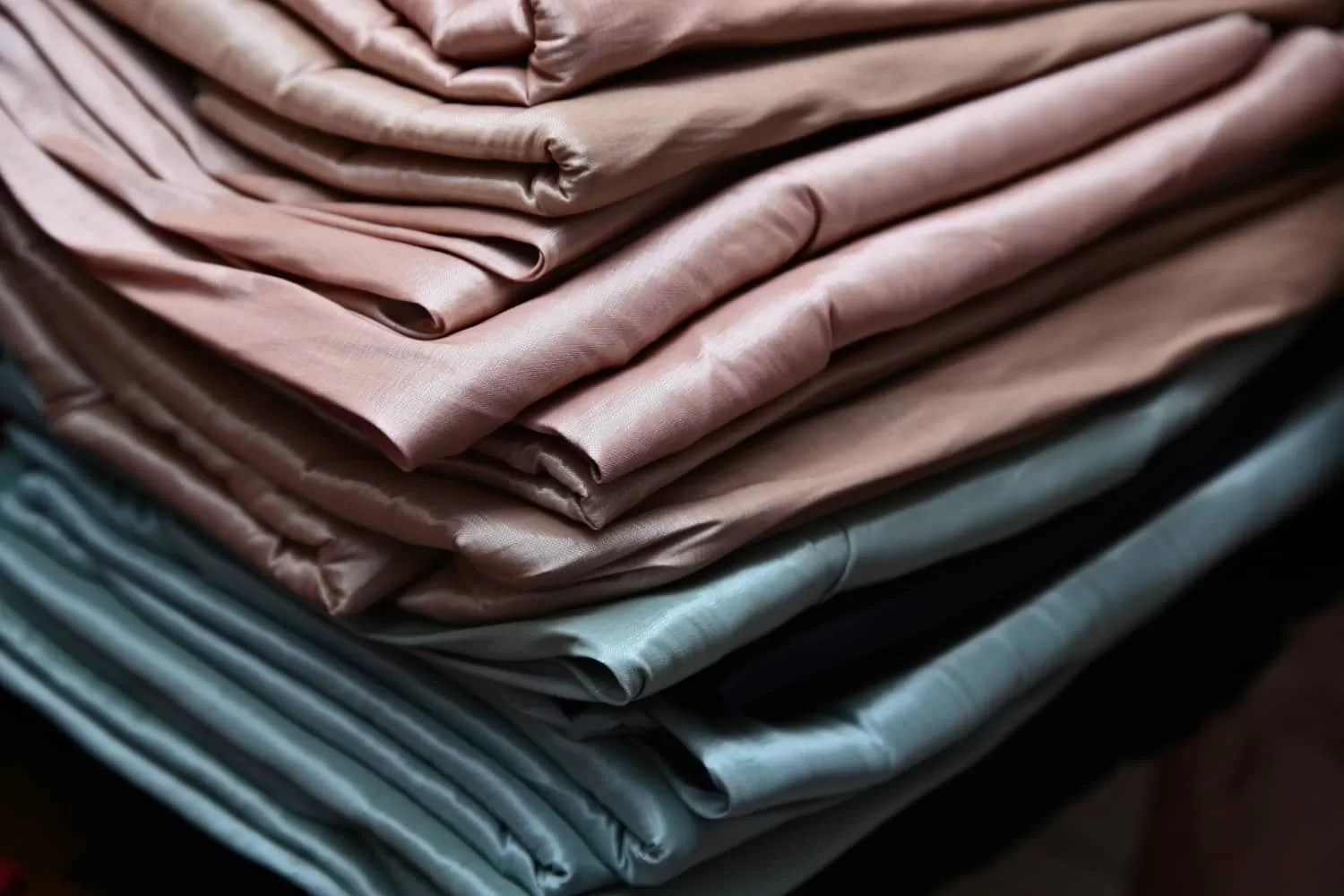Expanding your supply chain into Southeast Asia? Textile industry in Indonesia is more than ready. As one of the region’s strongest industrial pillars, this sector drives exports and employment while engage in digital upgrades and sustainable practices.
Find out where the growth is happening, what challenges to prepare for, and how a smart industry hub like Subang Smartpolitan fits into the sustainable growth operations.
Why Is the Textile Industry in Indonesia a Strategic Sector for Investment?
The textile industry in Indonesia is considered as a strategic investment opportunity due to its excellent economic footprint and future-ready direction. It supports nearly 4 million jobs, mainly across industrial hubs in Java. The sector also contributes around 5.84% to national GDP as of early 2024.
More importantly, it is adapting and embracing sustainable practices for greener production. This sector is evolving fast.
What is the Current State of the Textile Industry in Indonesia

With market size nearing $40 billion in 2025 and steady growth expected to reach over $45 billion by 2030, textile industry in Indonesia is expanding into higher-value sustainable products. On top of that, government support, rising local demand, and export potential position this as a highly promising investment.
Here is quick look at the facts every investor should know:
Major Production Centers
West Java leads Indonesia’s textile output with about 40% of national production, with Bandung known for its textile heritage like batik with modern manufacturing. At the same time, Subang is gaining momentum thanks to new industrial developments that pave the way for future growth.
The Subang Smartpolitan project is emerging as a smart and sustainable hub designed to support the future textile industry in Indonesia. Together with Semarang in Central Java, these regions offer a strong combination of heritage and cutting-edge innovation that makes the textile industry in Indonesia truly ready for the future.
Main Export Markets
Indonesia exports over $13 billion in textiles annually, ranking among the world’s top 10 exporters. The United States remains the largest market, followed by key buyers like Japan, Germany, and fast-growing regions in the Middle East and Africa. The country is also actively competing within ASEAN to attract investment and boost competitiveness.
What Competitive Advantages Set Indonesia’s Textile Industry Apart?

Global competition and tariffs can make textiles a tricky play. But Indonesia’s textile industry leverages trade agreements and local strengths to stay competitive and export ready.
Let’s break down the main advantages that set textile industry in Indonesia apart:
1. Competitive Labor Costs and Skilled Workforce
Indonesia’s textile industry employs about 5,000 experience-active large and medium textile and garment companies. The workforce is skilled in everything from high-fashion to sportswear to meet global quality standards. While wages are rising, the costs remain competitive compared to China or Vietnam.
2. Access to Raw Materials and Local Sourcing
One advantage that is often overlooked is Indonesia’s rich supply of natural raw materials such as cotton and silk. This access clearly can support a more reliable supply chain and helps global brands to consistently meet high quality standards.
3. Government Support and Investment Incentives
Indonesia is actively addressing trade barriers with stronger non-tariff measures to protect domestic producers from illegal imports to create a fairer playing field for investors. To encourage investment, the government offers attractive credit schemes with long repayment terms (up to 8 years) and interest subsidies of around 5%. These incentives make it easier to invest in modernization, technology upgrades, and job creation.
Trade agreements also widen market access. Indonesia leverages ASEAN, the Regional Comprehensive Economic Partnership (RCEP), and is pushing ahead with the Indonesia-EU Comprehensive Economic Partnership Agreement (IEU-CEPA). Once in effect, this will lower tariffs and streamline regulations with the EU, which accounts for about 30% of Indonesia’s textile exports. Beyond Europe, Indonesia is also expanding reach into the US, Middle East, and Africa.
Challenges Facing Indonesia’s Textile Industry
No investment is without risks, and the textile industry in Indonesia currently faces a few key pressures. These challenges are real but not impassable. Let’s explore what is being done to address them:
1. Global Competition and Fast-Changing Trends
Textile industry in Indonesia faces tough competition from regional players like Vietnam and Bangladesh. These countries benefit from newer equipment, lower wages, and trade deals that boost their appeal.
However, Indonesia is now finalizing its own EU trade agreement (IEU-CEPA) for 2025. This could open doors to the EU market, which accounts for about 30% of global textile demand.
Furthermore, to protect local producers, Indonesia is introducing non-tariff barriers and trade restrictions to curb illegal imports and unfair competition, a long-standing challenge undermining the sector’s competitiveness. These moves create a more level playing field for domestic manufacturers ready to innovate and grow.
2. Technological Innovation and Automation Gap
One big issue in the textile industry in Indonesia is the outdated equipment, since 70-80% of textile machinery is over 20 years old. This slows productivity and raises costs compared to neighbors.
To address this, the government has offered incentives and credit since 2007 to help companies upgrade. On top of that in 2024, a new push comes with a IDR 52 billion budget aimed at replacing old machines with energy-efficient and automated ones. This program is supported by industry events like Indo Intertex.
3. Environmental and Sustainability Issues
Environmental standards in Indonesia are tightening, especially around energy use and waste management under the PP No. 33/2023 regulation. Right now, only about 1.45% of industrial buildings fully comply, but awareness and incentives are increasing.
While upgrading to cleaner technology can increase operational costs initially, they also present opportunities to lead in sustainable production. Early investments in green practices will likely gain market advantages as global standards rise.
Where Are the Biggest Investment Opportunities in Indonesia’s Textile Industry?
Where should investors focus on Indonesia’s textile industry? These sectors are shaping the future of the industry:
Sustainable and Eco-Friendly Textiles
Consumers and brands worldwide care more about environmental and social impact. Textile industry in Indonesia addresses this by adopting fair trade and eco-friendly production methods. Innovations like 3D printing for fabric and the use of natural also sustainable fibers are becoming mainstream.
Investment Opportunities in Modern Industrial Parks
The success of sustainable textiles depends heavily on efficient production and logistics. Thus, future-ready industrial hubs like Subang Smartpolitan fit to this. Supported by government initiatives, these parks attract foreign investors by offering top-tier infrastructure and connectivity through direct access to the Trans-Java Toll Road, Patimban Port, and Kertajati Airport.
Subang Smartpolitan has attracted significant investment, such as PT Xinfung Industry Indonesia’s $30 million project focused on luxury yarns made from sustainable fibers. The investment also aims to create over 300 new jobs and serve as a model for combining capital, technology, and environmental-social responsibility.
Unlock the Future of Textile Manufacturing in Indonesia with Subang Smartpolitan

Subang Smartpolitan is a fully integrated smart and sustainable industrial city in West Java, designed to support global and future-ready industries.
Expanding in the textile industry in Indonesia can feel like balancing between cost and efficiency. The good news? Subang Smartpolitan as a strategic and smart-sustainable industry hub brings it all together.
With direct links to the Trans-Java Toll Road, West Java International Airport (Kertajati), Patimban Seaport, and a railroad network, Subang Smartpolitan positions your operations at the heart of Indonesia’s fastest-moving industrial zone.
Ready to grow in the textile industry in Indonesia? Discover what Subang Smartpolitan can offer you.
FAQ
- How profitable is the textile industry in Indonesia today?
The market value is projected to reach around US$11.49 billion in 2025, with a compound annual growth rate (CAGR) of approximately 2.77% expected through 2029.
- What government incentives exist for textile investors?
The government offers tax holidays, exemptions, and infrastructure support, especially in industrial parks and Special Economic Zones. Policies promote modernization, Industry 4.0 adoption, workforce development, and environmental sustainability to boost competitiveness.
- What sustainability efforts are happening in Indonesia’s textile factories?
Factories are increasingly adopting eco-friendly practices such as using organic cotton, recycled materials, natural dyes, energy-efficient machinery, and blockchain for supply chain transparency.
- What are the high-growth niches within Indonesia’s textile sector?
Key growth areas include technical and specialized textiles (for automotive, healthcare, construction), higher value-added fabrics, automated and smart manufacturing, sustainable textiles, and export-oriented garment manufacturing.
- What kind of textile products does Indonesia export most?
Indonesia mainly exports garments and apparel (knitted and woven), yarns and fabrics, technical textiles, and footwear. These products serve major markets including the U.S., Southeast Asia, and Europe.


